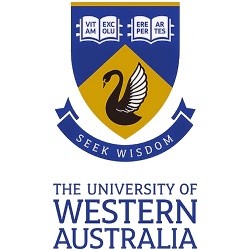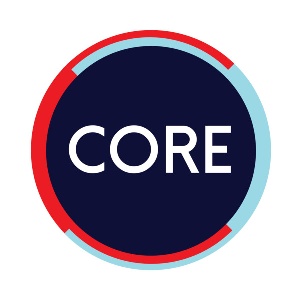2021-08-27
Journal Article
Dr Ayham Zaitouny
Authors: Jaymin Moffatt; Ayham Zaitouny; Melinda Hodkiewicz; Michael Small
Publication
IEEE Access
9
Quality Indicators
Peer Reviewed
Q1 Journal as rated in SJR
Relevance to the Centre
Experienced process plant personnel observe that corrective maintenance work on one asset may often be followed by corrective work on the same asset or connected assets within a short amount of time. This problem is referred to as a cascading failure. Confirming if these events are chronic is difficult given the number of assets and the volume of maintenance and operation data. If cascading events can be identified, preventative measures can be implemented to prevent those cascades, eliminating unnecessary corrective work. This project uses complex network analysis to identify cascading events and where co-occurrence of work is most frequent, in a process plant. Data is drawn from over 50,000 work orders for 5,655 pumps in a mining company over a five-year period. A complex network is produced by connecting assets based on the frequency of co-occurrence of work. Beside the advantages of the visualisation of complex networks, the method produces quantified measures, normalised degree, eigenvector centrality and betweenness centrality, which are used to identify assets with significant impact on other assets. Affected pumps are apparent as communities in the network. This analysis identifies pumps that are "super-spreaders": pumps who experience corrective maintenance events which lead to corrective maintenance events on other pumps. The model can be tuned to different time windows, for example events within one or seven days. From these insights, changes can be made to operational, maintenance and recording practices to prevent re-occurrence. Of particular note in this data was the occurrence of self-loops in certain pumps and the prevalence of hidden failures in standby pumps.
DOI: 10.1109/ACCESS.2021.3108427
Link to Publication






